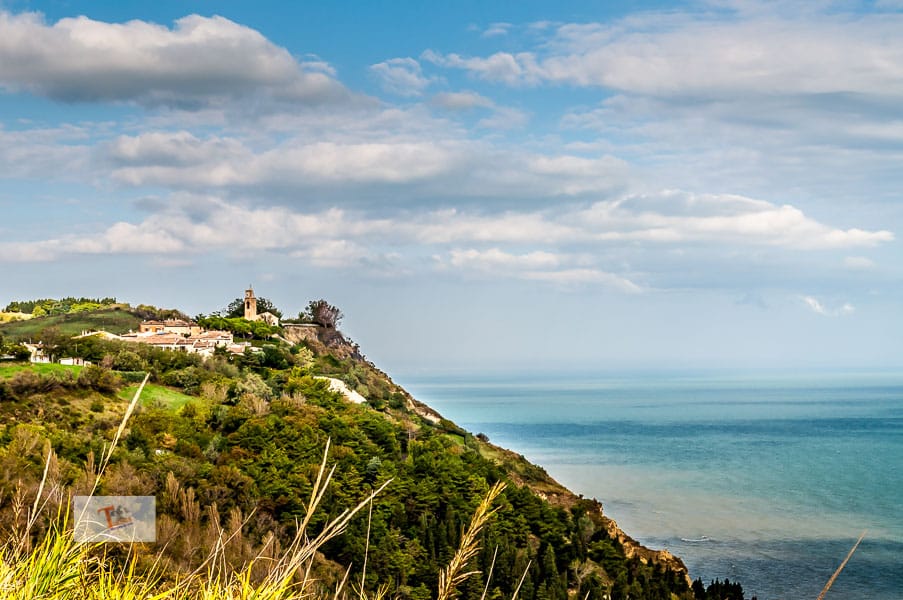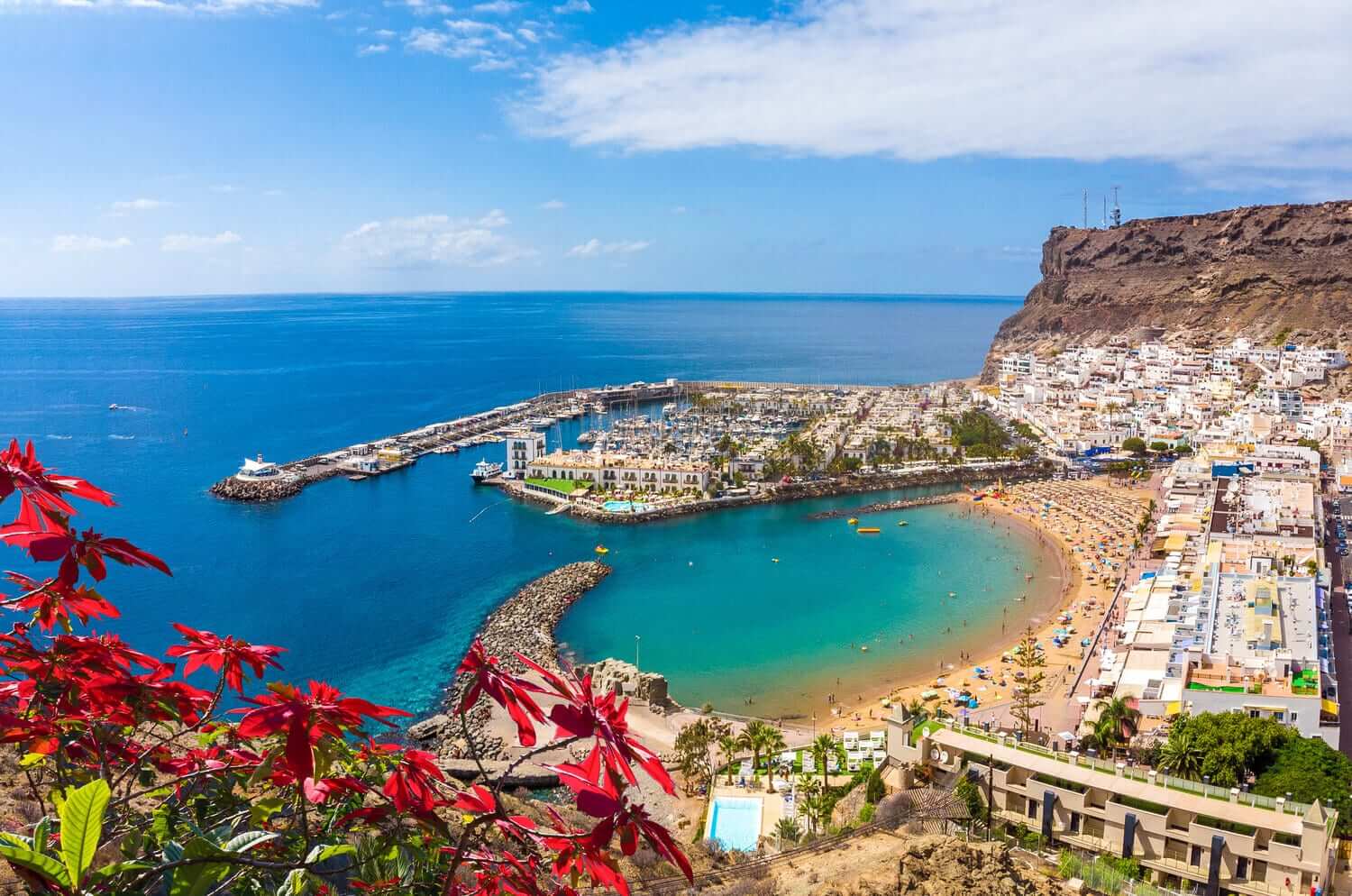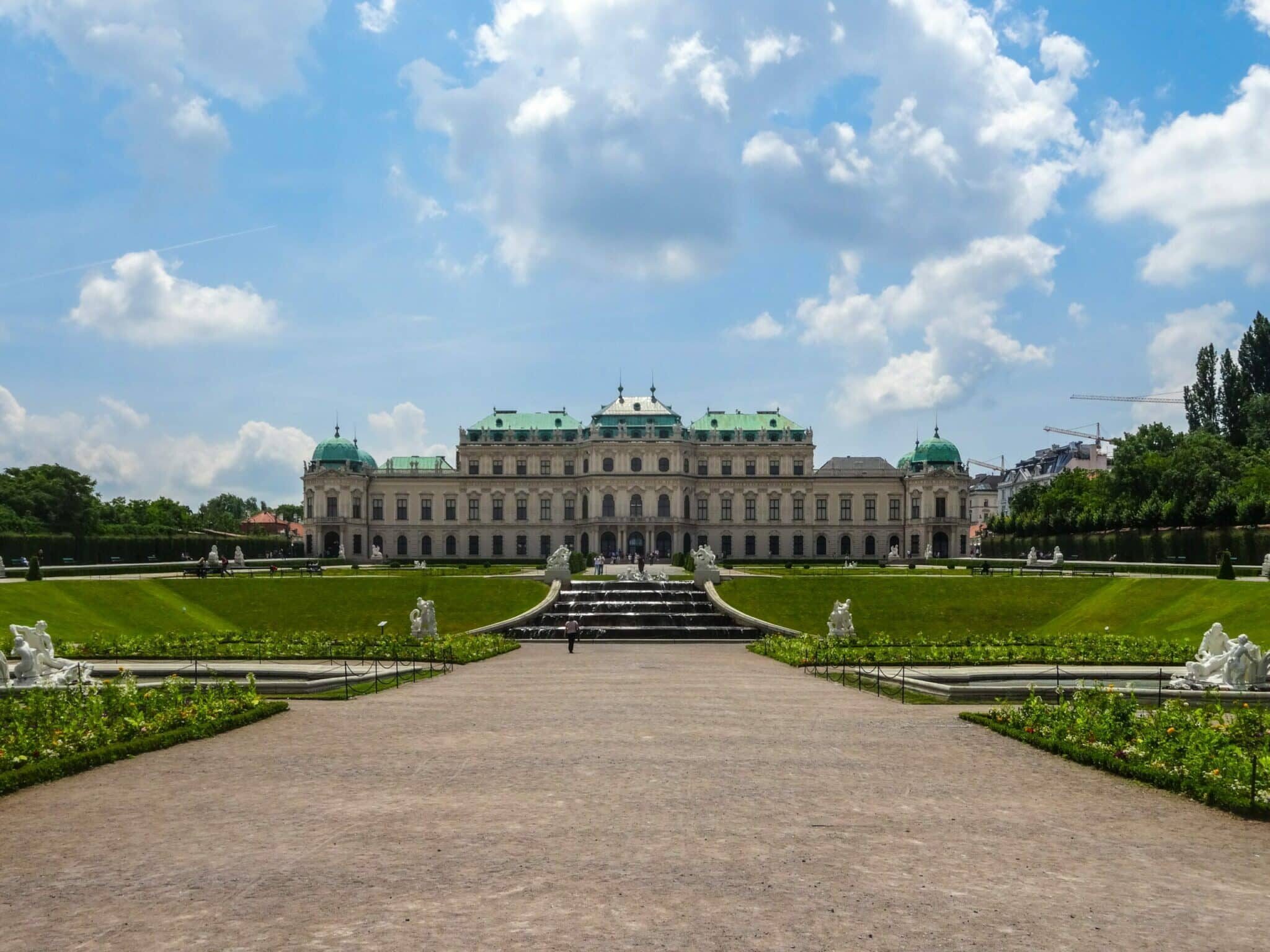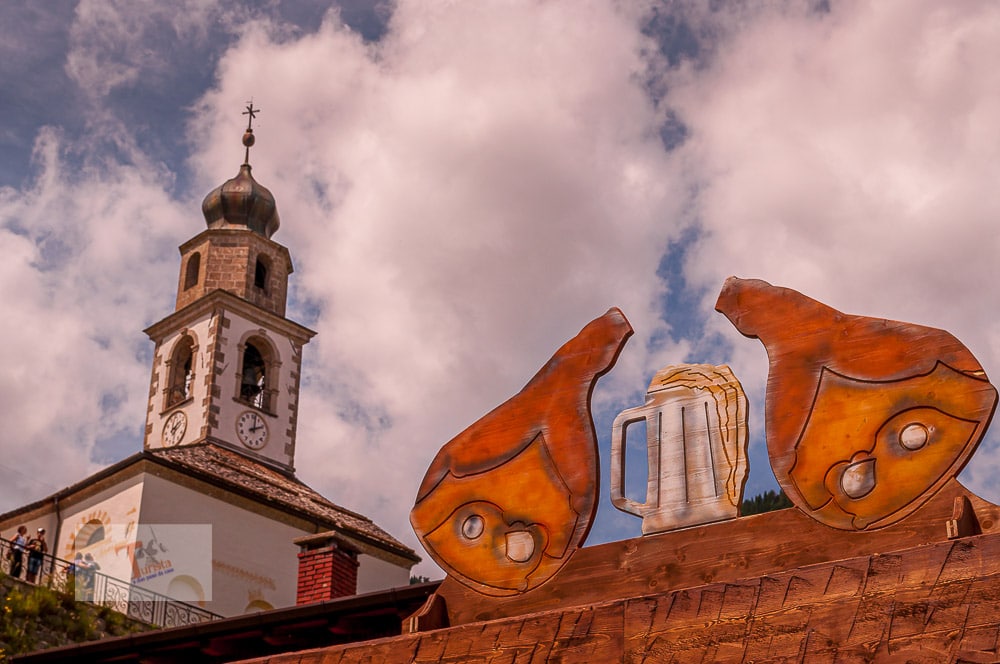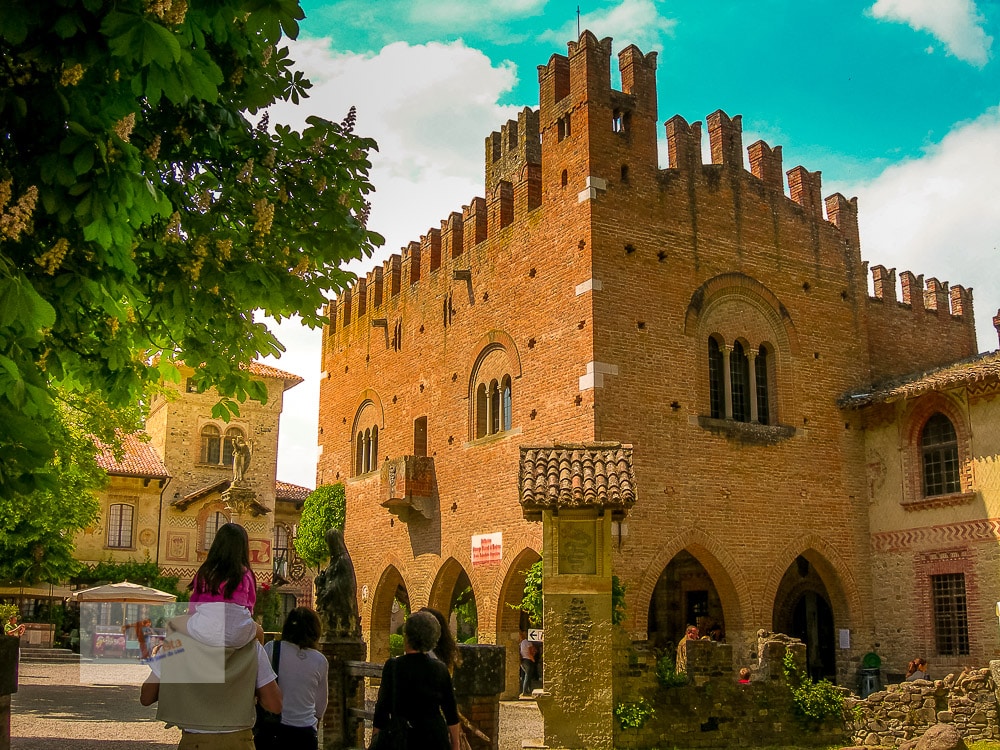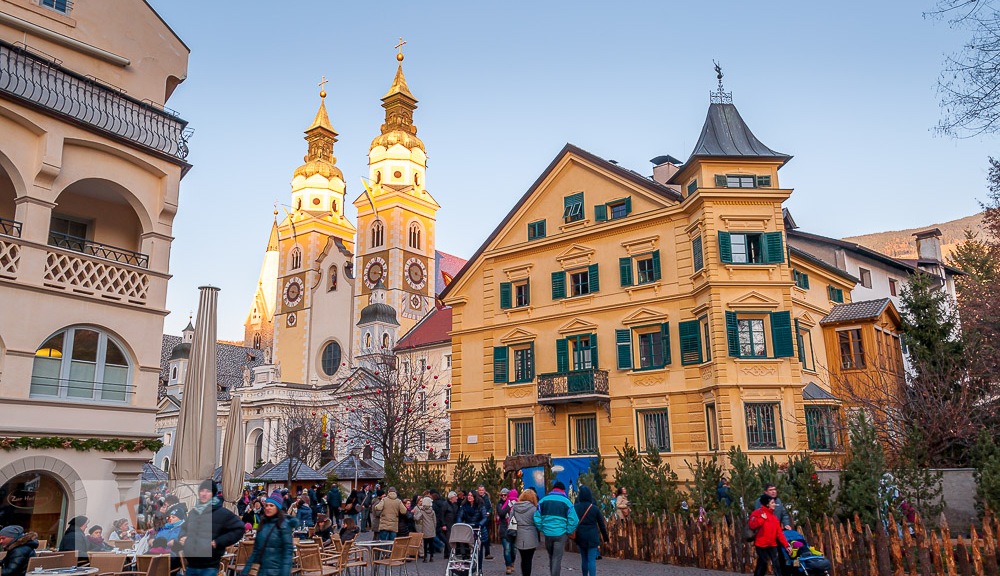The Adriatic Sea hides a submerged city: that of Valbruna. It would be located a short distance from Gabicce Mare, in the area of the Monte Bartolo Natural Park. Its “appearance” in the waters feeds legends supported by the findings of fishermen who, occasionally pulling the nets, find entangled remains of bricks, capitals, columns, but also ancient bricks.
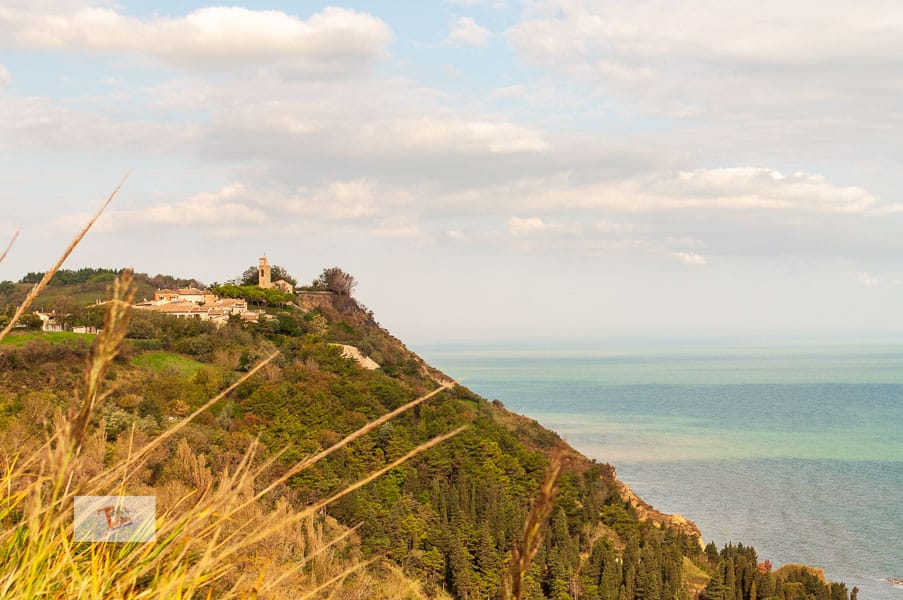
Who knows what’s true, yet it is said that Valbruna, the submerged city built in the Vallugola area, resurfaces in particular situations, that is when the sea is clear. On this occasion, parts of this mysterious locality would be seen among the seabed.
Maybe it’s just marine stratifications or deposits from some mountain collapseto give the impression that underneath there may be the Roman city of Valbruna. Certainly the landscape of the area feeds the possibility. A singular optical phenomenon from Gabicce Monte gives the impression of seeing hills on the horizon, at sea, right in the Vallugola area. But not only. Some say that on clear days and with a calm sea, in the seabed you can see colonnades, streets and ruins of temples.
The origin of Valbruna
According to what is handed down, this ancient city has Greek origins. The place where it would have arisen is not even known, but almost certainly in the Vallugola bay. Its disappearance would have been due to a natural catastrophe and since then the historical memory of this place would have been lost. But did the city exist or is it just the fruit of popular imagination? In this area of shallow waters, finds emerge from time to time and feed the legend. Some of which, dating back to the period between the 1st and 4th centuries AD. C. They are found in the Archaeological Museum of Cattolica.
The miraculous apparitions
To feed the legends of this area, also the apparition of the Madonna to a group of fishermen in difficulty among the waves of the stormy sea. After having overwhelmed some of them, others invoked the help of the mother of God and this miraculously appeared to them smiling and sitting on a wreck. At that moment the fury of the sea subsided. And they were saved. According to legend, the fishermen decided to call the nearby village Cattolica. And the city coat of arms of the Romagna city would depict the Madonna who saved them.
Where was Valbruna and why she disappeared
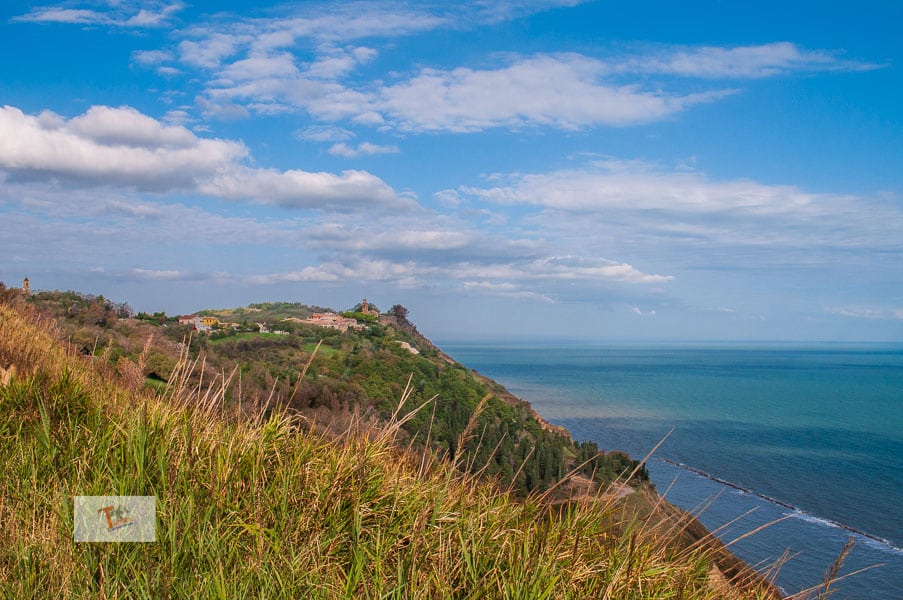
There is a hypothesis on where the city of Valbruna was located. The submerged city could be somewhere around two kilometers from the coast. We are in an area where the waters erode the coast. According to scholars in Roman times the shoreline was 500 meters offshore compared to today and the average level of the Adriatic was 2 meters lower. Some eighteenth-century sources also speak of this submerged city, but why did it disappear? Here too the hypotheses are different. From the coastal earthquake with the consequent tsunami that caused the sinking of a Roman or later settlement that could then be collapsed in the Adriatic, to the landslide of the mountain itself that buried Valbruna and made it end up in the sea or even because of man, according to legend, in the seventh century he cut pieces of the mountain causing a destructive landslide.
The port of Vallugola
Evidence of the past describes a small town, with colonnades and statues; perhaps a commercial port, or a fortified citadel built for defensive purposes for the ancient military port of Vallugola.
Some findings of 5th century BC vases near Santa Marina di Focaia suggest that Greek ships attacked here. The area, in fact, was known in Athens and an epigraph tells of the existence of a temple dedicated to Jupiter Serene, to protect sailors on a hill in Vallugola. This, especially for the Romans, was, however, a point for the exchange of goods thanks to the proximity of the Via Flaminia.
Even the Byzantines used this port for trade with Dalmatia, as well as evidence of the port in the Middle Ages.
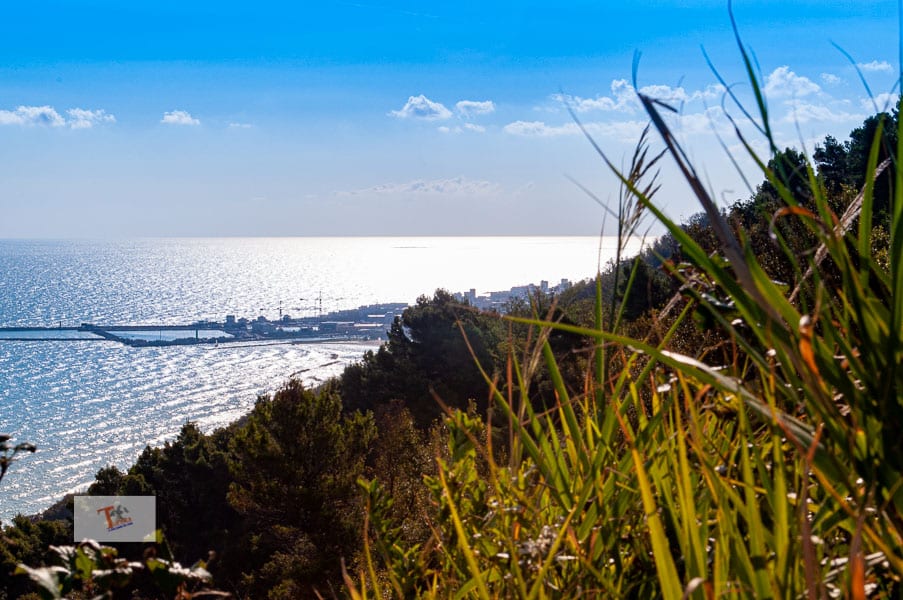
The fate of the port of Vallugola is linked to the decision of Francesco Maria II della Rovere to move the natural bed of the Foglia river to improve navigation towards the port of Pesaro. For Vallugola it was the decline. But the mystery of the disappeared city of Valbruna still remains alive today.
How do I get to Vallugola
The Vallugola area can be reached from the A14 Bologna-Ancona motorway , towards Ancona, exit Gabicce Mare, then following the signs for Vallugola – Fiorenzuola di Focara. From Gabicce, you can also take the panoramic road that winds through the San Bartolo Park.

